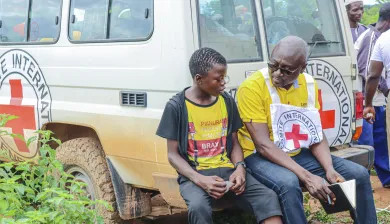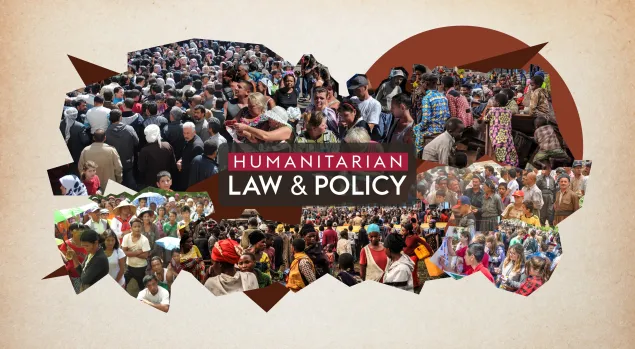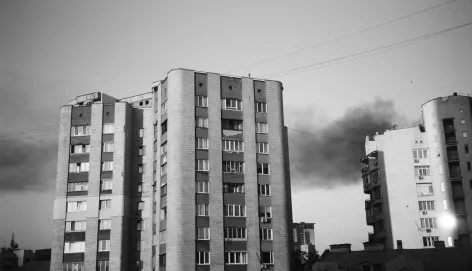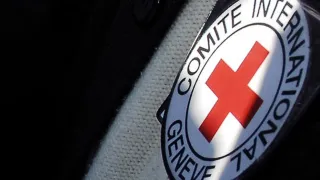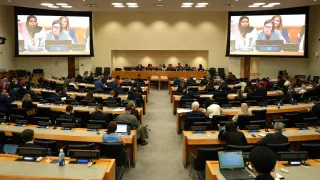Civilians under IHL
During World War II, and in many of the conflicts since, civilians have been the main victims of war. Civilians have always suffered in wartime, but the brutal impact of the Second World War, which included mass extermination, indiscriminate attacks, deportations, hostage-taking, pillage and internment, took a high toll on civilian life. The international community responded with the Fourth Geneva Convention, adopted in 1949.
Before 1949, the Geneva Conventions had protected wounded, sick, shipwrecked and captured combatants. The so-called “civilians’ convention” recognized the changing nature of warfare and established legal protections for anyone not belonging to armed forces or armed groups. These protections also applied to civilians’ property. The Fourth Geneva Convention was later reinforced with the adoption of its Additional Protocols in 1977.
IHL prescribes that civilians under the power of enemy forces must be treated humanely in all circumstances, without discrimination. They must be protected against all forms of violence and degrading treatment, including torture and murder. Moreover, if subject to prosecution, civilians are entitled to a fair trial complying with all essential judicial guarantees.
The protection of civilians extends to those trying to help them, in particular medical personnel and humanitarian or relief organizations providing essentials, such as food, clothing and medical supplies. And the warring parties must give such organizations access. In particular, the Fourth Geneva Convention and Additional Protocol I specifically require belligerents to facilitate the ICRC’s work.
While IHL protects all civilians without discrimination, certain groups are singled out for special mention. In wartime, women and children, the elderly and the sick are highly vulnerable. So too are those who flee their homes and become internally displaced or refugees. IHL prohibits forcing displacement by intimidation, violence or starvation.
Families are often torn apart in armed conflict. States must take all appropriate steps to prevent families’ separation, and they must take action to put families back in contact by providing information and facilitating tracing activities.
The protection of civilians provided by the Geneva Conventions and Additional Protocols is extensive. The problem of the past 50 years has been application. Neither states nor non-state armed groups have adequately upheld their obligations. Civilians continue to suffer excessively in almost every armed conflict.
In some conflicts, civilians have been specifically targeted and subjected to terrible atrocities. This ignores the very basis of the Geneva Conventions: respect for human life. That is why we continue to press states to comply with and ensure compliance for the principles of IHL, especially the protection of civilians.


